
Православная церковь и православный приход на острове Вормси
Православный приход на острове Вормси был уникален, так как это был единственный в Эстонии шведскоязычный православный приход.

Православный приход на острове Вормси был уникален, так как это был единственный в Эстонии шведскоязычный православный приход.

More than 300 wheel crosses poke above the ground in this small cemetery on an Estonian island, some just barely visible above the tufts of grass. The distinct ringed crosses look out of place amid the newer, more traditional designs found atop nearby plots.
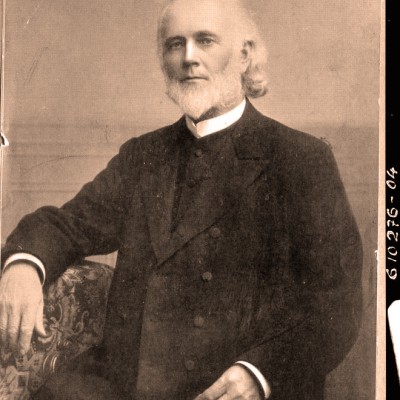
The island of Vormsi is one of the starting points of Estonian free churches. Lars Johan Österblom, the missionary of Swedish Evangelical Alliance, came to Vormsi in 1873. The life of Vormsi was described as followinged: “People lived in shacks. The houses had no chimneys. Local life was characterized by drinking and fights about vodka.”
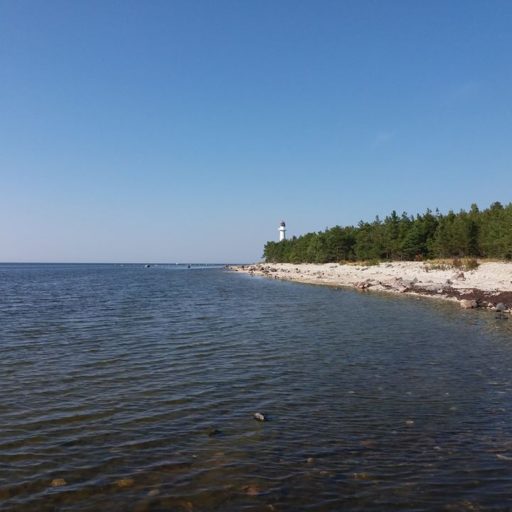
Saxby lighthouse aka Vormsi lighthouse was built in 1864. It was the first cast iron lighthouse of Gordon system in Estonia. Near Saxby lighthouse, in the forest there are partially remained Sea Fort fortifications of Peter the Great and they were built at the beginning of the 20th century. We recommend to visit Saxby lighthouse in daylight but also during the sunset. It is told that the sun is said to set there notably beautifully.

In Suuremõisa village there the ruins of smock mill. The frustum type brickwork has been maintained. Later it has been supported inside with circled brickwork. It was probably built at the end of 18th century – beginning of the 19th century.
Free exhibition of large format pictures from the history of Vormsi, located in the front yard of Larsa farm, Sviby village.
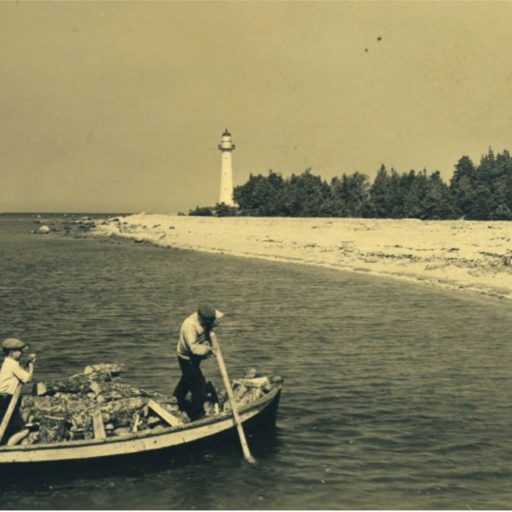
Norrby ülemine tuletorn on enne II maailmasõda ehitatud tornidest suurim, selle läbimõõt 3 ja ehituskõrgus 34 meetrit.
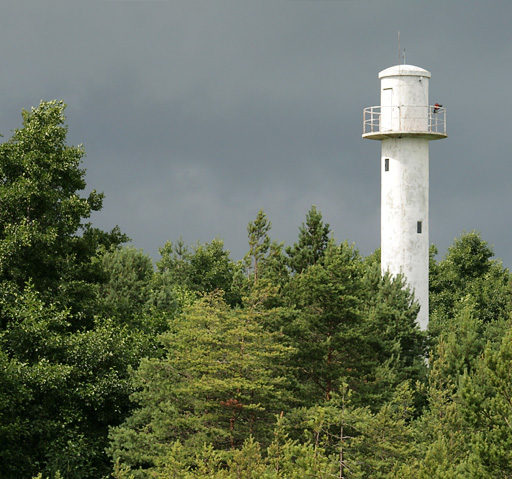
Alumise tuletorni kõrgus on 22 meetrit ja läbimõõt 2 meetrit.

Церковь Св. Олафа — это главный памяник истории и культуры острова. После ухода прибрежных шведов с острова в конце Второй Мировой войны находящаяся в деревне Хулло церковь долгое время пустовала. Церковь вновь благословили только в 1990 году в день Св. Олафа. Обязательно посмотрите на здание с квадратным основанием, а также потолочную роспись в хоровой части.
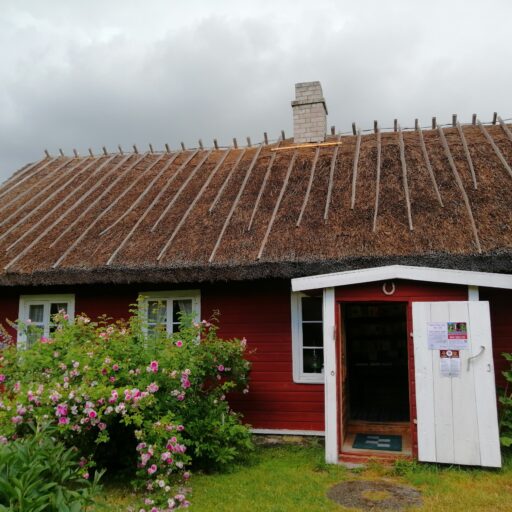
Open from 6. June to 31. August or according to prior agreement. Please book your visits in sufficient time in May and September. Ticket price for adults is 2.50 €, school students pay 1 €. The opening times from June to August are Wed-Sun from 11.00-17.00. During low season the museum is open according to prior agreement.
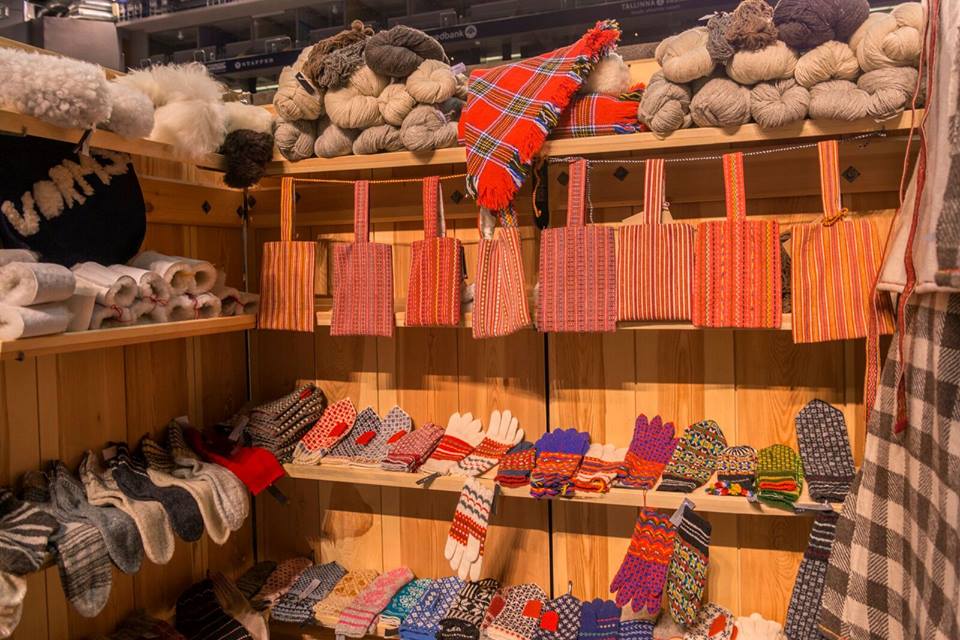
Opening times from 1. June to 31. August are Wed-Sun from 10.00-16.00, during low season according to prior notice.
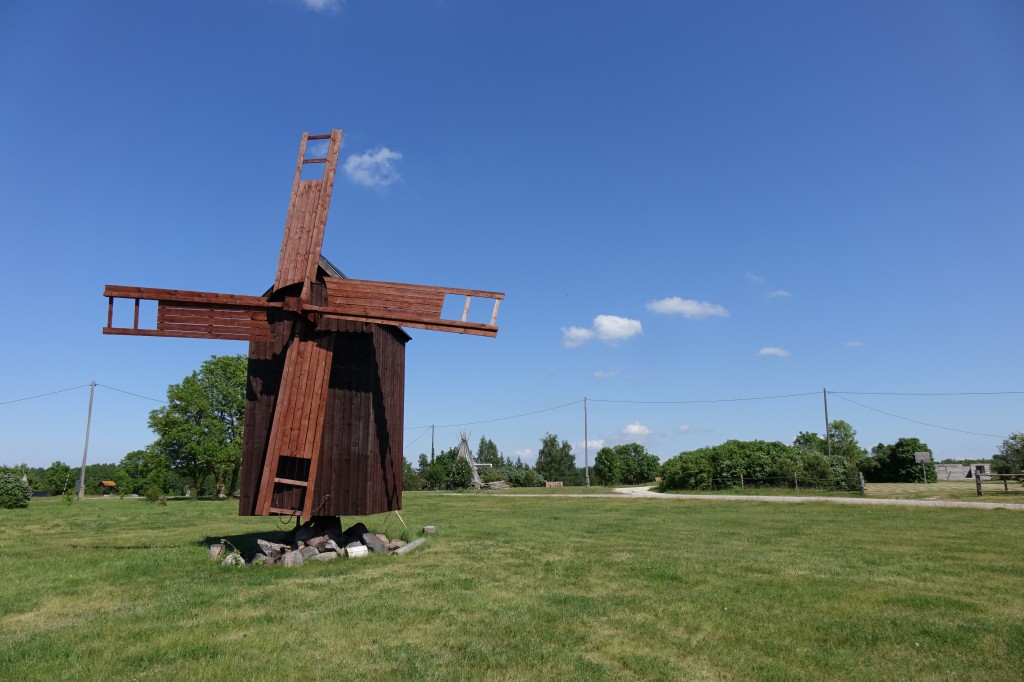
Sales of handicraft and a display of historical views of Rälby Village. Village center and sauna rental.
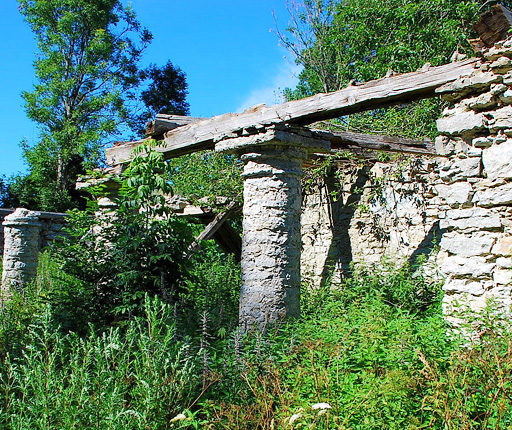
Suuremõisa manor was established on the island of Vormsi in 1604 and the first owner was Magnus Brümmer. That is why the Swedish name of the village is Magnushof. Since the 1620s the manor belonged to the noble family of de la Gardie, who at that time owned Haapsalu city. In 1691 the manor was expropriated and it became the proerty of Sweden. Since 1894 the manor belonged to the state and there was a sanatorium for young women. In 1920s and 1930s the main building of the manor was empty and it was demolished. Only a little hill of ruins with some parts of the wall have been preserved. Also most of the other buildings are destroyed or in ruins. The only extant building, although rebuild, is the distillery and part of a cattle barn. Also a big park has been remained.